Neo-Darwinian orthodoxy holds that life’s immense variety emerged through the action of natural selection on random genetic mutations. But, argues microbiologist James Shapiro, there is strong evidence that the mutations driving evolution are not random at all, but rather are the result of organisms modifying themselves. This upends the orthodox picture of life’s complexity as emerging out of simpler, lower-level physics, in a bottom-up direction. Instead, to understand complex living organisms we need to see biology as influencing the level of physics, in a top-down direction.
Since the mid-20th century, the neo-Darwinian explanation of evolution has been scientific orthodoxy for the public: change comes from the gradual accumulation of random small mutations resulting from accidents in genome replication, and natural selection favors the survival of organisms with the “fittest” combination of mutations that permit them to reproduce more successfully than other members of their species. Given enough time and divergence, these gradual changes can add up to the formation of a new species. This is the story we find in popular accounts of evolution, like Richard Dawkins’ The Selfish Gene and Daniel Dennett’s Darwin’s Dangerous Idea.
___
Living organisms alter their own heredity. This scientific reality means that the time is long overdue for a radical revision of the neo-Darwinian orthodoxy about how and why evolution works.
___
There are serious statistical questions about the ability of random mutations plus gradual natural selection to produce the tremendous variety of genomic innovation observed in the evolutionary record. But the most curious feature of the neo-Darwinian account was the absence of any biological self-modification in the processes generating new organisms. Now that we can determine how hereditary variation arises by following mutational and evolutionary events with genetic analysis and DNA sequencing, it has become abundantly clear that biological cell functions, including those for DNA damage repair and genome restructuring, are the major (perhaps the only) significant sources of genome change in evolution. To be clear, this means that living organisms alter their own heredity. This scientific reality means that the time is long overdue for a radical revision of the neo-Darwinian orthodoxy about how and why evolution works. To illustrate why this revision is needed, I will focus on one of the most important examples of biological self-modification: the ability of cells to mobilize particular DNA sequences throughout the genome.
SUGGESTED VIEWING Life as we know it With Nick Lane
The story of biological genome change activities starts with a remarkable woman named Barbara McClintock. She pioneered maize cytogenetics before we knew about the DNA double helix (1953). Cytogenetics (literally “cell genetics”) was the science of correlating genetic changes with microscopic examination of the chromosomes in the cell nucleus. By the 1930s, McClintock could see that her maize cells recognized X-ray-induced breaks in their chromosomes and could join the broken ends together. When ends from two different breaks join, a novel chromosome structure forms. McClintock showed how structural changes can influence genome content, genome expression and chromosome behavior at cell division. These are all basic features of evolutionary change.











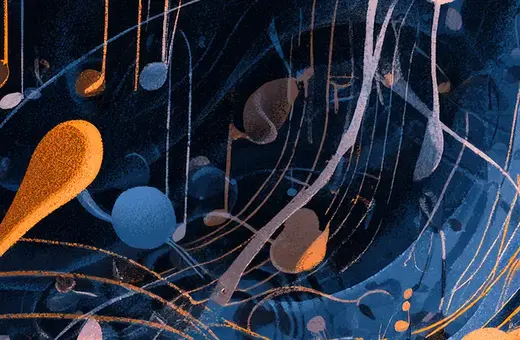
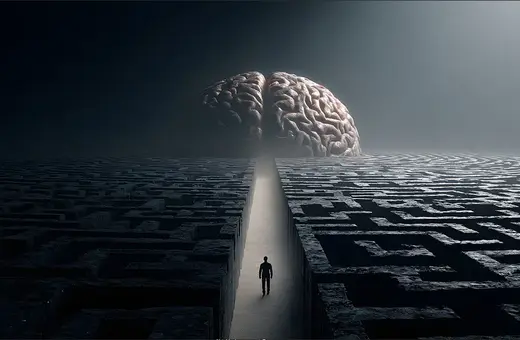
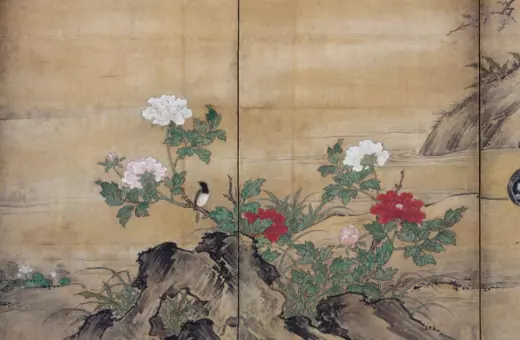
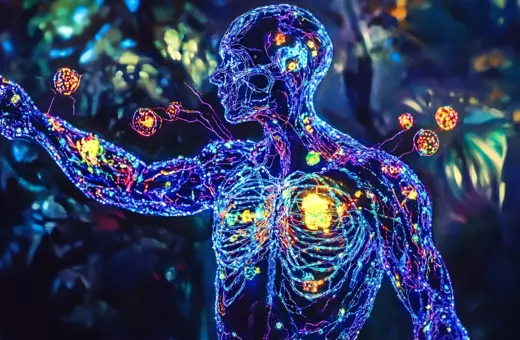
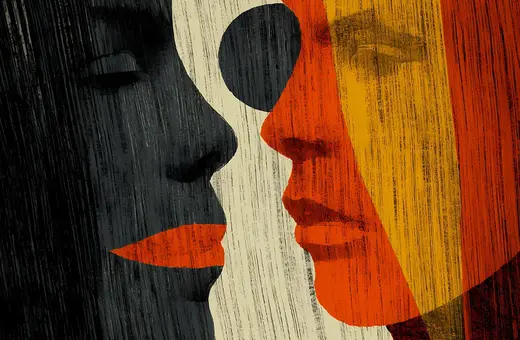
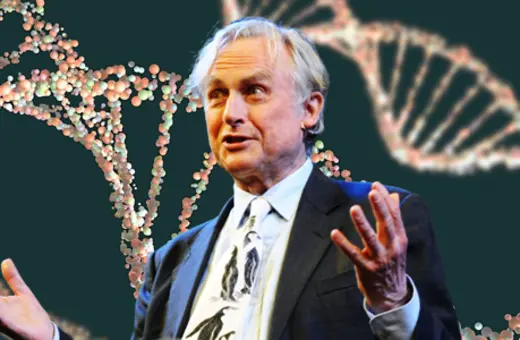
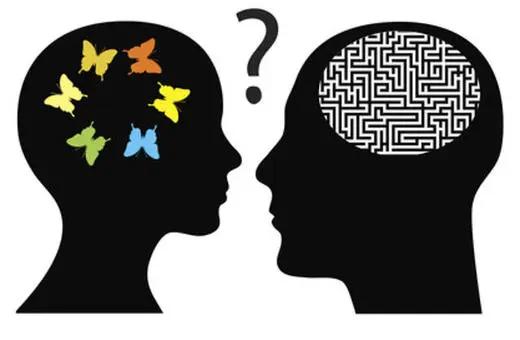
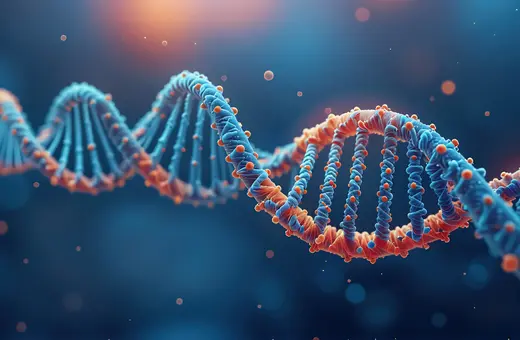



Join the conversation